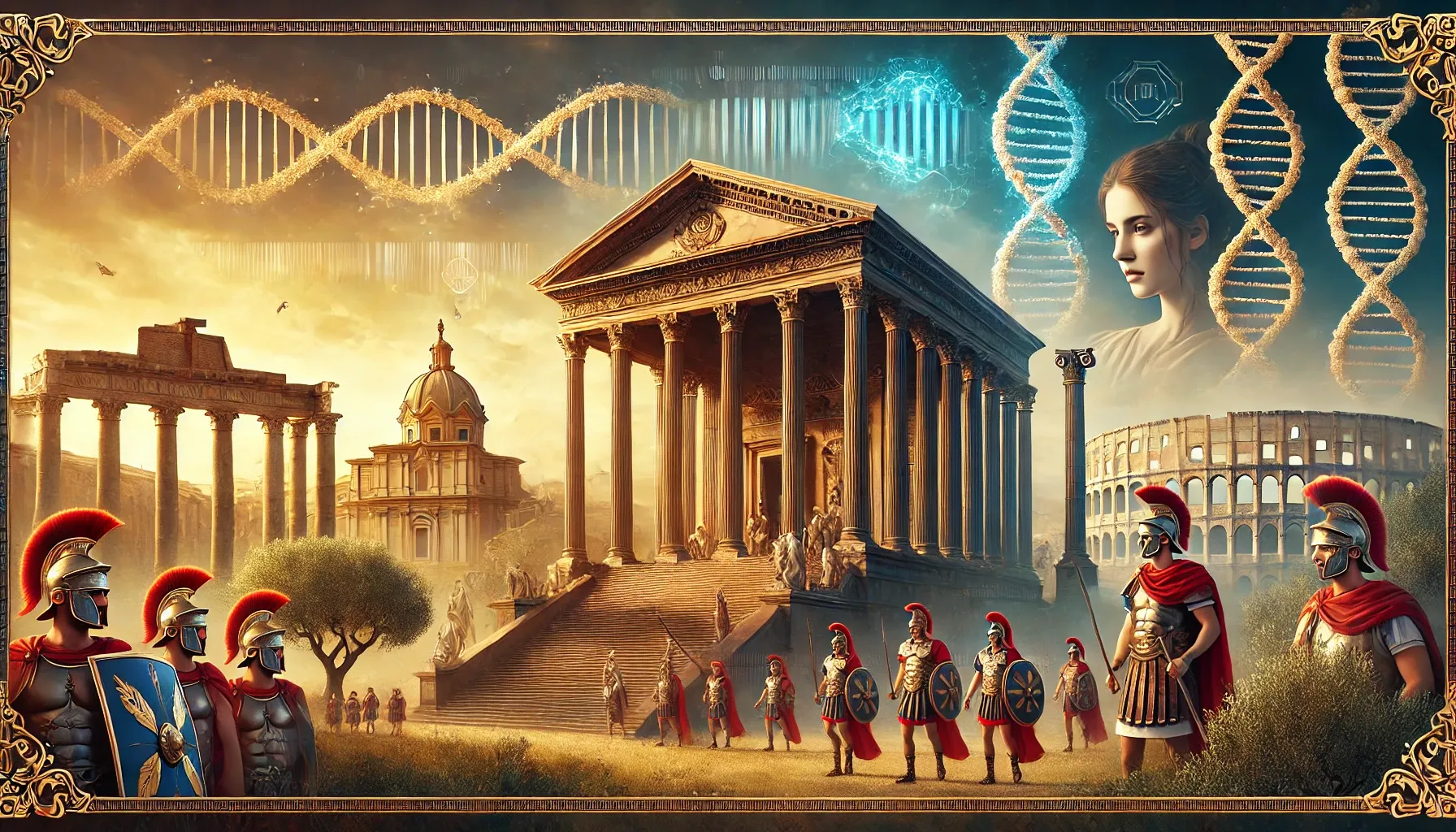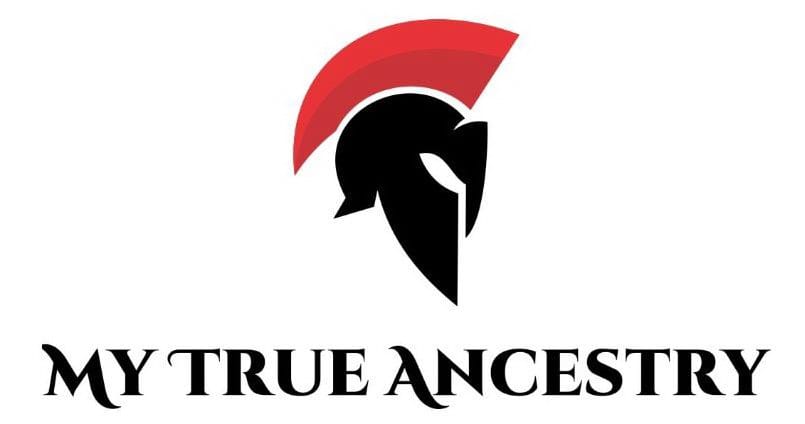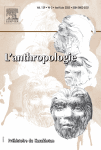Revisiting Skhūl I: New Insights into Ancient Burial Practices from 140,000 years ago in the Levant





In an awe-inspiring piece of archaeological detective work, the bones of a child discovered back in 1931 have once again stirred the minds of scientists at the Skhūl Cave on Mount Carmel in Israel. This site is one of the world's oldest known locations with organized burials, a true marvel of ancient mortuary practices that continues to reshape our understanding of early human behavior and evolution.
The Skhūl I child, thought to be between 3 and 5 years old and likely female, was deliberately laid to rest around 140,000 years ago. The site itself was first unearthed in 1928 by the excavators Theodore McCown and Dorothy Garrod who uncovered a treasure trove of prehistoric remains, including nine other individuals intertwined with Mousterian stone tools as signs of a rich cultural tapestry of life long-lost. The archaeological richness of the Skhūl Cave site revealed not only the bones of ancient peoples but also hints at their sophisticated cultural world, with artifacts from the Mousterian lithic industry pointing to the advanced toolmaking abilities of these prehistoric communities.
For decades, experts have debated the child's origins—was this little one Homo sapiens, Homo neanderthalensis, or a fascinating blend of both? Modern technology, namely CT scans, has helped piece together the child's skull, mandible, and teeth, revealing striking architectural similarities with Neanderthals while also embodying the signature of what we now call an Anatomically Modern Human. The mandible, inadvertently separated during excavation, tells its own story—a fascinating plesiomorphic structure sharing a brotherhood with the Neanderthals of Europe, while the low-vaulted skull with elongated occipital resembles an ancient mosaic, weaving tales of human evolution in its very bones.
The Levant region where Skhūl Cave resides was a bustling crossroad during the Middle Pleistocene, facilitating gene flows between diverse lineages from Africa and Eurasia. It's the Levant, a true nexus where African and Eurasian hominin lineages intersected in a dance of genetic exchange! This blend of features creates a stunning snapshot of the gene flow and interaction between our ancient ancestors at the Pleistocene crossroads. The mixture of features does not stop at the skull—from the teeth, showing Neanderthal-like trigonid crests, to the post-cranial skeleton that echoes this complex heritage, Skhūl I tantalizes with the suggestion that the child may indeed have been a hybrid of two Homo species.
What makes Skhūl I truly captivating is not just the biological conundrum, but the wider cultural implications: these delicate remains suggest early burial rituals might not solely belong to Homo sapiens, upending long-held beliefs about our ancestors' practices and beliefs in life after death. The intentional burial of this child, which should include both Neanderthals and Homo sapiens, points to the rich, intertwined human lineage and the shared cultural practices of these ancient peoples. This challenges the existing archaeological paradigms and recognizes the shared humanity between divergent human species.
Using advanced CT scan analyses of the neurocranium and mandible, scientists have embarked on a quest to untangle the secrets of Skhūl I. The aim? To determine its taxonomic status and uncover any cultural implications. They reconstructed the bony labyrinth, a crucial part of the neurocranium, to compare it with known Neanderthal and early Homo sapiens specimens. The researchers noted a blend of features: the shape of the neurocranium appears modern, yet the mandible and dental markings resemble those commonly associated with Neanderthals. Such mosaic anatomical features hint at the possibility of an interbreeding event between early human species in the Levant region during the Middle Pleistocene.
The Skhūl I child challenges everything we thought we knew about those upon whose shoulders we stand, inviting us into a time where humanity itself was a canvas yet unfinished, and burial rites were just being drafted across the span of millennia. This amalgamation hints at a crossroads of gene flows between Indigenous lineages and other species, suggesting that mortuary practices might have been practiced by both Homo sapiens and Homo neanderthalensis. The analysis of Skhūl I opens a new chapter on ancient burial rituals, spanning across taxa, offering a glimpse into complex social structures and the rituals that predate modern humans.

Comments